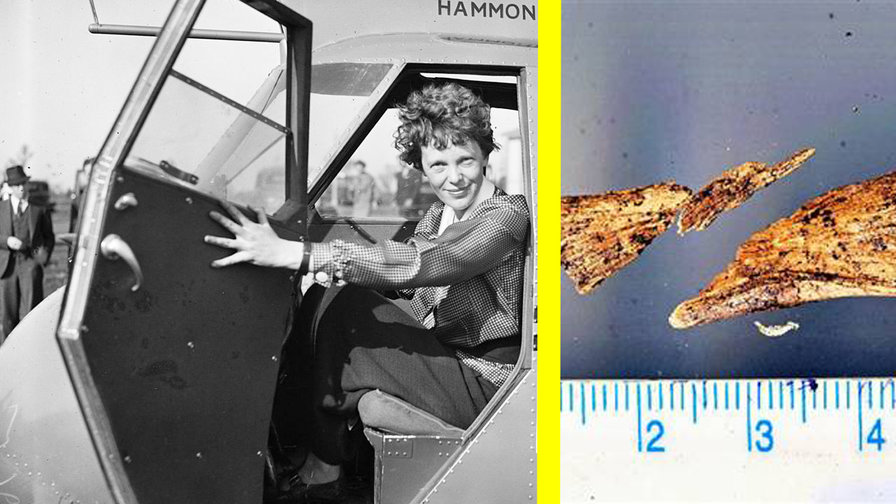Just three years after Amelia Earhart and her navigator Fred Noonan disappeared in 1937, a forensic anthropologist name D. W. Hoodless studied some bones found off the island of Nikumaroro. He concluded they were from a male, so they weren’t hers; ever since then, the mystery has deepened and fascinated school children and adults alike for generations.
But now, Richard Jantz, a modern forensic anthropologist, has restudied those bones, and he is about as certain as anyone can be that they’re Earhart’s.

What makes him so sure?
Simple: The field has come a long way since 1940—far enough that certainty is all but assured by using modern techniques. This, in combination with some of the artifacts found on Nikumaroro, might just seal the case for good.
The researchers who worked with Jantz used modern quantitative techniques, including a program known as Fordisc, which simulates and estimates sex, ancestry, and stature from skeletal measurements. Today, it’s used by nearly every board-certified forensic anthropologist in the world.
Jantz concluded: “This analysis reveals that Earhart is more similar to the Nikumaroro bones than 99% of individuals in a large reference sample. This strongly supports the conclusion that the Nikumaroro bones belonged to Amelia Earhart.”
But after using the Fordisc software he went even further, studying bone lengths; using old photographs with scalable, measurable items in them he could calculate Earhart’s humerus and radius lengths and compare. He also enlisted an historical seamstress to measure clothing that Earhart wore to gauge bone lengths.

According to the paper, casting aspersions on the Hoodless conclusions from 1940 is not their intention. ”Forensic anthropology was not well developed in the early 20th century. There are many examples of erroneous assessments by anthropologists of the period. We can agree that Hoodless may have done as well as most analysts of the time could have done, but this does not mean his analysis was correct.”













